Mercedes Confirms Job Cuts in $1.4 Billion Restructuring Plan

On Thursday, Daimler made an announcement confirming earlier reports that it plans to cut roughly ten percent of its management staff as part of a broader restructuring plan. Financial hardship has become a sign of the times for the auto industry. Most sizable manufacturers are coming off an investment spree aimed at developing new-energy vehicles, autonomous driving systems, and connected services. Unfortunately, those commitments came at roughly the same time the world’s largest auto markets started to collectively plateau.
A broad approach no longer seems feasible for all but the absolute largest automakers on the planet. We’ve seen many attempt to downsize through restructuring or by entering inte partnerships with other firms to share costs — sometimes both. Knowing this as well as anyone, Daimler issued two profit warnings this year as Mercedes-Benz was fined $960 million in an emissions-cheating settlement while hemorrhaging cash through EV investments.
That one-two punch forced Mercedes to drop its EBIT margin outlook to a 3- to 5-percent range for 2019. Ideally, the brand would like to see double that, and it intends to cut costs until its profitability improves. But it acknowledged the advancement will be gradual, estimating a return to its former financial glory would take until at least 2023, with incremental financial improvements beforehand.
“Mid-term targets are very disappointing,” and the strategic announcements are “much too general,” Juergen Pieper, a Frankfurt-based analyst with Bankhaus Metzler, told Bloomberg.
From Bloomberg:
Job cuts are a critical component of the effort to make the manufacturer leaner. At the Mercedes cars unit, 10 [percent] of management positions as well as an indefinite number of “indirect” administrative roles will be eliminated to reduce costs be more than 1 billion euros. The trucks unit will save 300 million euros in personnel costs in Europe.
“In the automotive industry we are facing difficult times,” Michael Brecht, Daimler’s leading employee representative, said in a statement. “We have to face this reality, but we must not save on the future viability of our company.”
“We are positioning the company for the transformation with a clear strategy for the future. The expenditure needed to achieve the CO2 targets require comprehensive measures to increase efficiency in all areas of our company. This also includes streamlining our processes and structures,” said Ola Källenius, Chairman of the Board of Management of Daimler AG and Mercedes-Benz AG.
“This will have a negative impact on our earnings in 2020 and 2021. To remain successful in the future, we must therefore act now and significantly increase our financial strength.”
That seems to indicate the push toward electrification is still on. Former Daimler head Dieter Zetsche planned on getting at least 20 new plug-in hybrid and fully-electric Mercedes models on the road by 2020. And Källenius has said the latest EQ concepts being previewed this year will pave the way for new battery-powered vehicles from MB. The new CEO claims these vehicles will help the automaker get within reach of Europe’s aggressive (and creeping) vehicle emission targets, noting that consumers will still need to purchase them if any of this is to work. This, again, isn’t a problem that’s unique to Daimler — but one it will have to cope with, anyway.
“Daimler urgently needs to move away from its ‘spray and pray’ investment philosophy and toward a materially more focused, sharpened allocation of its funds,” Arndt Ellinghorst, a London-based analyst with Evercore ISI, said in a note prior to the Daimler presentation. “Otherwise, the group will simply be unable to self-fund its premium mobility aspirations.”
While the automaker’s restructuring strategy appears to indicate additional changes, the current rules propose capping capital expenditures and developmental costs at 2019 levels — with aims to bring them down in the coming years. Investments will also be more closely monitored in a bid to keep liquidity high. Meanwhile, Daimler’s European truck operations will reduce variable and personnel costs by 550 million euros through the end of 2022.
However, the company stressed it needs to maintain a high level of investment in programs dealing with maximizing emissions reductions.
“The expanded range of plug-in hybrids and all-electric vehicles is leading to cost increases that will have a negative impact on Mercedes-Benz Cars’ return on sales. A consistent product plan has been put in place to achieve the fleet targets in the European Union,” the automaker explained in its release.
We imagine Daimler having a couple of rough years, likely with additional restructuring efforts surfacing in the interim. The current plan gives off the vibe that this is only the first step toward improving profitability, not a catch-all solution that guarantees it’s on the road to recovery. EV development costs will remain high through at least 2025 , while the connectivity services being pushed (that we aren’t particularly fond of) probably won’t start amassing wealth until the latter stages of Daimler’s restructuring plan.
[Image: Pixfly/Shutterstock]

A staunch consumer advocate tracking industry trends and regulation. Before joining TTAC, Matt spent a decade working for marketing and research firms based in NYC. Clients included several of the world’s largest automakers, global tire brands, and aftermarket part suppliers. Dissatisfied with the corporate world and resentful of having to wear suits everyday, he pivoted to writing about cars. Since then, that man has become an ardent supporter of the right-to-repair movement, been interviewed on the auto industry by national radio broadcasts, driven more rental cars than anyone ever should, participated in amateur rallying events, and received the requisite minimum training as sanctioned by the SCCA. Handy with a wrench, Matt grew up surrounded by Detroit auto workers and managed to get a pizza delivery job before he was legally eligible. He later found himself driving box trucks through Manhattan, guaranteeing future sympathy for actual truckers. He continues to conduct research pertaining to the automotive sector as an independent contractor and has since moved back to his native Michigan, closer to where the cars are born. A contrarian, Matt claims to prefer understeer — stating that front and all-wheel drive vehicles cater best to his driving style.
More by Matt Posky
Latest Car Reviews
Read moreLatest Product Reviews
Read moreRecent Comments
- Thomas Same here....but keep in mind that EVs are already much more efficient than ICE vehicles. They need to catch up in all the other areas you mentioned.
- Analoggrotto It's great to see TTAC kicking up the best for their #1 corporate sponsor. Keep up the good work guys.
- John66ny Title about self driving cars, linked podcast about headlight restoration. Some relationship?
- Jeff JMII--If I did not get my Maverick my next choice was a Santa Cruz. They are different but then they are both compact pickups the only real compact pickups on the market. I am glad to hear that the Santa Cruz will have knobs and buttons on it for 2025 it would be good if they offered a hybrid as well. When I looked at both trucks it was less about brand loyalty and more about price, size, and features. I have owned 2 gm made trucks in the past and liked both but gm does not make a true compact truck and neither does Ram, Toyota, or Nissan. The Maverick was the only Ford product that I wanted. If I wanted a larger truck I would have kept either my 99 S-10 extended cab with a 2.2 I-4 5 speed or my 08 Isuzu I-370 4 x 4 with the 3.7 I-5, tow package, heated leather seats, and other niceties and it road like a luxury vehicle. I believe the demand is there for other manufacturers to make compact pickups. The proposed hybrid Toyota Stout would be a great truck. Subaru has experience making small trucks and they could make a very competitive compact truck and Subaru has a great all wheel drive system. Chevy has a great compact pickup offered in South America called the Montana which gm could make in North America and offered in the US and Canada. Ram has a great little compact truck offered in South America as well. Compact trucks are a great vehicle for those who want an open bed for hauling but what a smaller more affordable efficient practical vehicle.
- Groza George I don’t care about GM’s anything. They have not had anything of interest or of reasonable quality in a generation and now solely stay on business to provide UAW retirement while they slowly move production to Mexico.

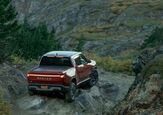
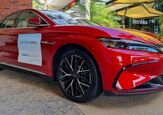













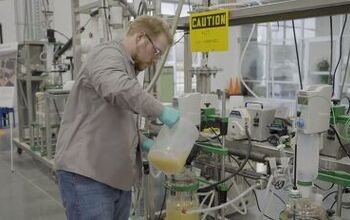



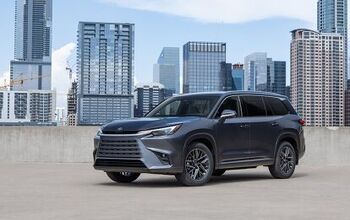

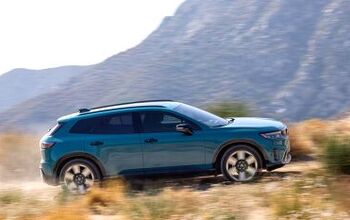
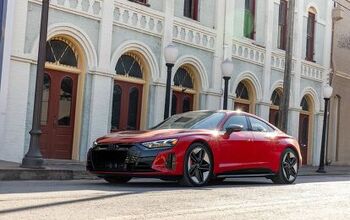
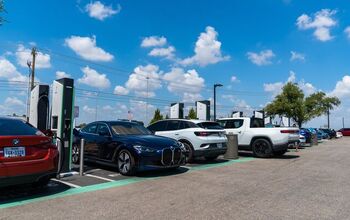
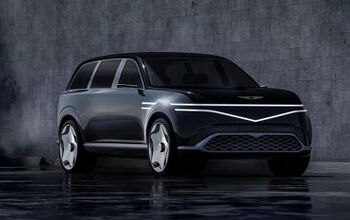

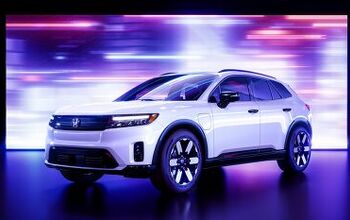
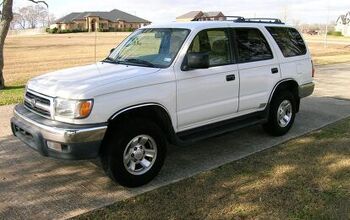
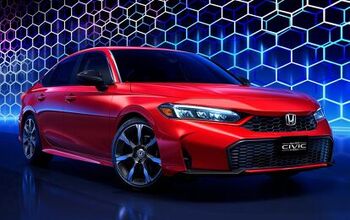
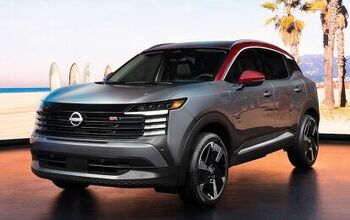
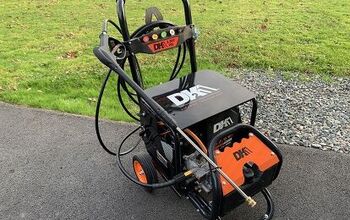
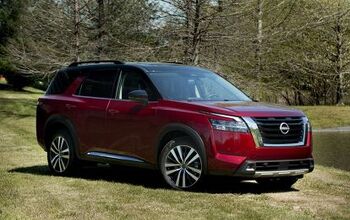
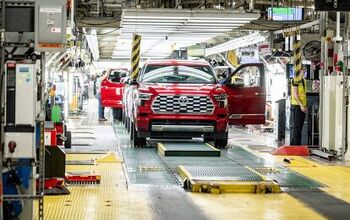
Comments
Join the conversation
Meanwhile...A leading US automobile company just announced its building a giant manufacturing facility in its backyard. The “Tesla Effect” is real!
Wouldn't they have been better off killing their F1 program?